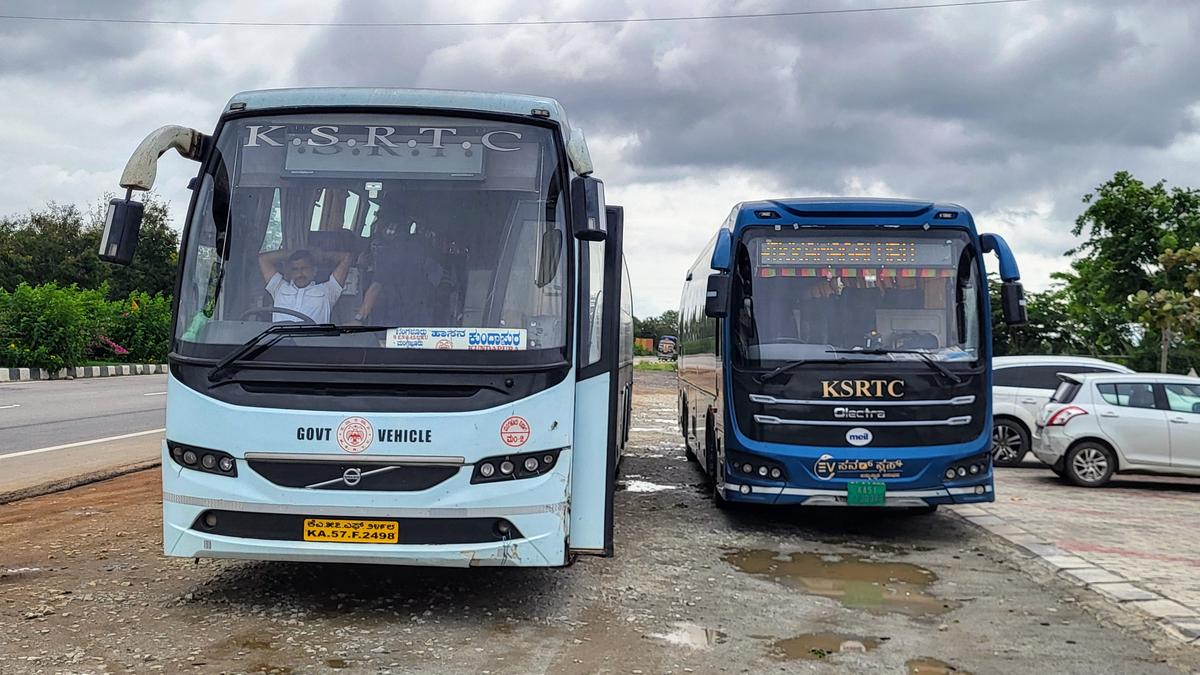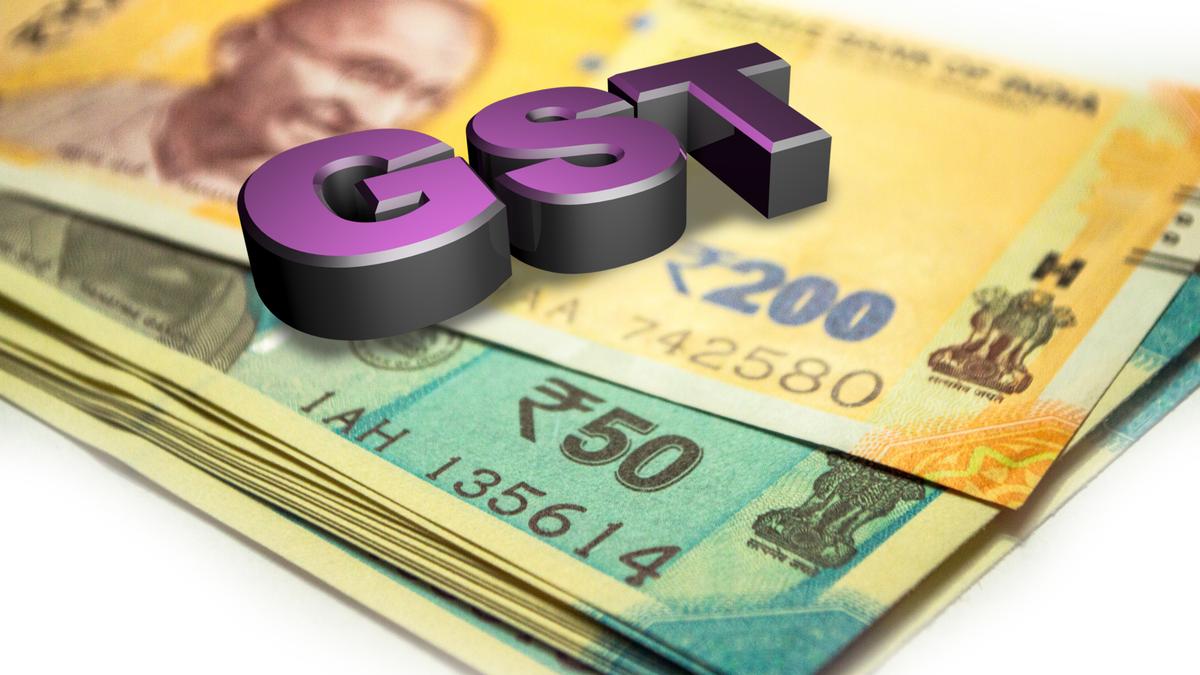The Air India A1-171 Boeing 787 Dreamliner crash at Ahmedabad on Thursday, which has been termed as ‘significant incident’ in the insurance industry is expected to influence aviation insurance rates going forward, said insurance industry officials
“The general aviation insurance premium market in India is estimated at around ₹900 crore. While most large losses are reinsured, this event is expected to influence aviation insurance rates going forward,” said Amit Agarwal, CEO & MD Howden, India.
Narendra Bharindwal, President, Insurance Brokers Association of India (IBAI) said the liability coverage, especially for flights operating in or to regions like Europe—typically exceeds $500 million.
“This incident, along with others in recent months, will likely result in a hardening of the aviation insurance market, not just for the airline involved, but across the entire aviation sector,” he added.
Stating that aviation insurance programmes for major airlines such as Air India are arranged on a fleet basis and reinsured across international markets like London and New York, he said no single insurer bears the entire risk.
“Coverage is widely distributed among global reinsurers, with shares as small as 1.5% to 2% and a lead reinsurer typically taking 10-15%,” he said.
“The financial impact of such incidents is shared globally across this network. While immediate premium adjustments are unlikely, the cumulative effect of multiple aviation incidents worldwide—including this one—will influence renewal terms and premiums for the sector in the next underwriting cycle,” he emphasized
Aviation policies are comprehensive all-risk policies that provide coverage to airlines during incidents—such as the one involving the Air India aircraft.
“This incident is likely to trigger multiple aspects of a typical aviation hull all-risk policy. Aircraft damage would be covered under the aviation hull all-risk section, which insures the current valuation of the aircraft, including spares and equipment,” said Mr Agarwal.
For a Dreamliner, depending on its configuration, age, and other factors, this value could range between $211 million and $280 million.
“The aircraft involved (VT-ABN) was a 2013 model and, based on available information, was insured for approximately $115 million in 2021. Whether the damage is partial or total, the loss would be covered based on the value declared by the airline,” Mr Agarwal said.
Airlines typically purchase an add-on Hull War risk cover, which is triggered if the loss results from a terrorist act or war-related event. In such cases, the loss would be covered under the Hull War section.
The liability section—likely the most significant component of the loss in the Ahmedabad incident—could amount to millions of dollars.
“This section covers the airline’s legal liability to passengers and third parties, including medical expenses, cargo, and baggage losses. Early reports suggest the aircraft crashed into a civilian compound, which could result in substantial third-party claims,” he said.
While interim compensation may be announced by the airline, final compensation for passengers will be determined under the Montreal Convention of 1999, to which India became a signatory in 2009.
“Compensation is calculated using Special Drawing Rights (SDRs), which stood at 128,821 SDRs (approximately $1.33 per SDR) as of October 2024. The actual payout will depend on the coverage purchased by Air India,” he added.
According to Sourav Biswas, Business Head – Aviation Insurance at Alliance Insurance Brokers in the case under discussion, the estimated total loss is around $130 million—$80 million for the aircraft and approximately $50 million for liability claims.
“Since the aircraft is considered a total loss, meaning it cannot be salvaged or repaired, the entire insured sum is likely to be claimed,” he said.
He said large Indian carriers like IndiGo typically insure aircraft for around $80–100 million each, with a liability limit of up to $1 billion per incident.
“Their annual premiums may range around $17 million. As reinsurers evaluate country-level aviation risk portfolios, even isolated events can influence future coverage terms for the entire region,” Mr Biswas said.
“In this case, only about 10% of the total risk is held by Indian insurers such as Tata AIG, New India Assurance, and ICICI Lombard. The majority—close to 90%—is reinsured by London-based underwriters and syndicates like Liberty and Civil Star,” he said.
“GIC Re is also believed to hold a share of the risk. While a single claim of this nature may not immediately alter insurance premiums, repeated incidents can lead to detailed risk reassessments, especially concerning aircraft maintenance and operational practices,” he added.
Hitesh Girotra, Vice President – Aviation & Specialty Lines, Prudent Insurance Brokers said since, the Aircraft crashed into a residential apartment, there is 3rd Party Property Damage Liability on the Operator. “There might also be loss of lives in that residential apartment where the Aircraft crashed,” he emphasized.
“While the Hull component is easy to ascertain, understanding it to be an agreed value policy; but it is too early to ascertain the overall Liability (Passengers and Third Party) on the operator because of this crash,” he added.
Commenting on this incident Sonam Chandwani, Managing Partner, KS Legal & Associates said in the event of an air crash, the families of victims in India have the legal right to claim compensation under both domestic law and international agreements like the Montreal Convention.
“They are entitled to a fixed amount without needing to prove fault, and can pursue higher compensation by showing negligence on the part of the airline or related entities. Indian courts also recognize claims for emotional distress, loss of income, and other long-term impacts on dependents,” she said.
Families may receive interim relief payments and have up to two years to file legal claims. “These rights aim not only to provide financial support but also to ensure accountability and justice for those affected by aviation tragedies,” she added.
Robert A. Clifford, Founder and Senior Partner of Clifford Law Offices in Chicago and Lead Counsel in the crash of a Boeing 737 MAX8 crash in Ethiopia six years ago that killed all 157 on board, in a statement said, “Review of available video and eyewitness information indicate some form of power or flight control loss. The Indian government investigators should have flight data recorder and cockpit voice recorder information within a couple of days that will provide vital information to try to get to the bottom of this deadly tragedy.”
Published – June 12, 2025 09:26 pm IST





